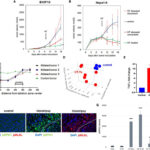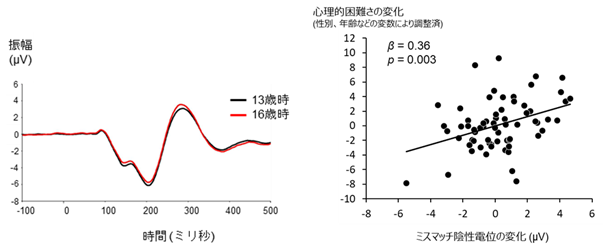2023-10-02 ラトガース大学
◆これは、ASDの診断の向上と、支援が必要な人々が適切なサービスを受けるための取り組みの重要性を示唆しています。また、性別、人種、社会経済的地位によるASDの診断率の格差が存在し、これらの不平等を解消する必要性が浮かび上がります。今後の研究では、ASDの成人期における特性やサポート方法についての理解を深めるため、同じコホートの追跡研究が行われる予定です。
<関連情報>
- https://www.rutgers.edu/news/quarter-teens-autism-go-undiagnosed-rutgers-researchers-find
- https://link.springer.com/article/10.1007/s10803-023-06058-8
ニューヨーク・ニュージャージー都市圏における自閉症スペクトラム障害の青少年の有病率と特徴 Prevalence and Characteristics of Adolescents with Autism Spectrum Disorder in the New York-New Jersey Metropolitan Area
Walter Zahorodny,Josephine Shenouda,Kate Sidwell,Michael G. Verile,Cindy Cruz Alvarez,Arline Fusco,Audrey Mars,Mildred Waale,Tara Gleeson,Gail Burack & Paul Zumoff
Journal of Autism and Developmental Disorders Published: 29 August 2023
DOI:https://doi.org/10.1007/s10803-023-06058-8

Abstract
Purpose
Almost all epidemiologic studies estimating autism spectrum disorder (ASD) prevalence have focused on school-age children. This study provides the first population-based data on the prevalence and expression of ASD among adolescents in a large US metropolitan region.
Methods
Active multiple source ASD surveillance of adolescents aged 16-years was conducted according to the Autism and Developmental Disabilities Monitoring (ADDM) Network method in a four-county New Jersey metropolitan region. Prevalence estimates are provided, characteristics are described and comparison of the distribution and characteristics of ASD is offered for this cohort, at 8 and 16-years.
Results
ASD prevalence was 17.7 per 1000 (95% CI: 16.3–19.2)]. One-in-55 males and one in 172 females were identified with ASD. High-SES was positively associated with ASD and White adolescents had higher ASD prevalence (22.2 per 1000) than Hispanic adolescents (13.1 per 1000). One in four study-confirmed individuals with ASD did not have an ASD diagnosis. A majority of ASD adolescents (58.8%) had a co-occurring neuropsychiatric disorder. White and High-SES individuals had greater likelihood of co-occurring disorder. The demographic distribution and functional profile of ASD was similar in this cohort at 8 and 16-years.
Conclusion
Approximately one-in-55 adolescents in our area had ASD, in 2014, and one-in-4 16-year-olds with ASD was not diagnosed. A majority (3-in-5) of the adolescents with ASD had a co-occurring neuropsychiatric disorder. ASD under-identification and the high frequency of co-disorders in adolescents with ASD pose significant challenges to care and support.


